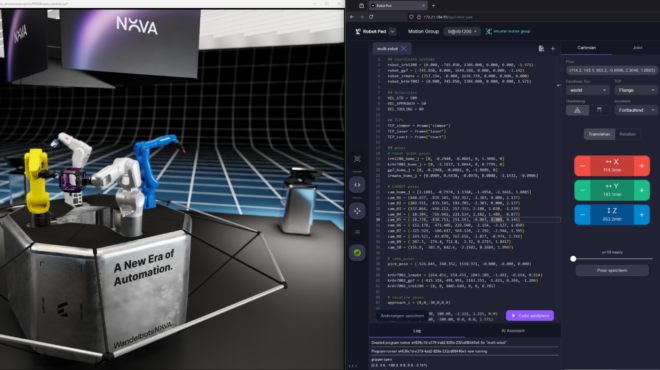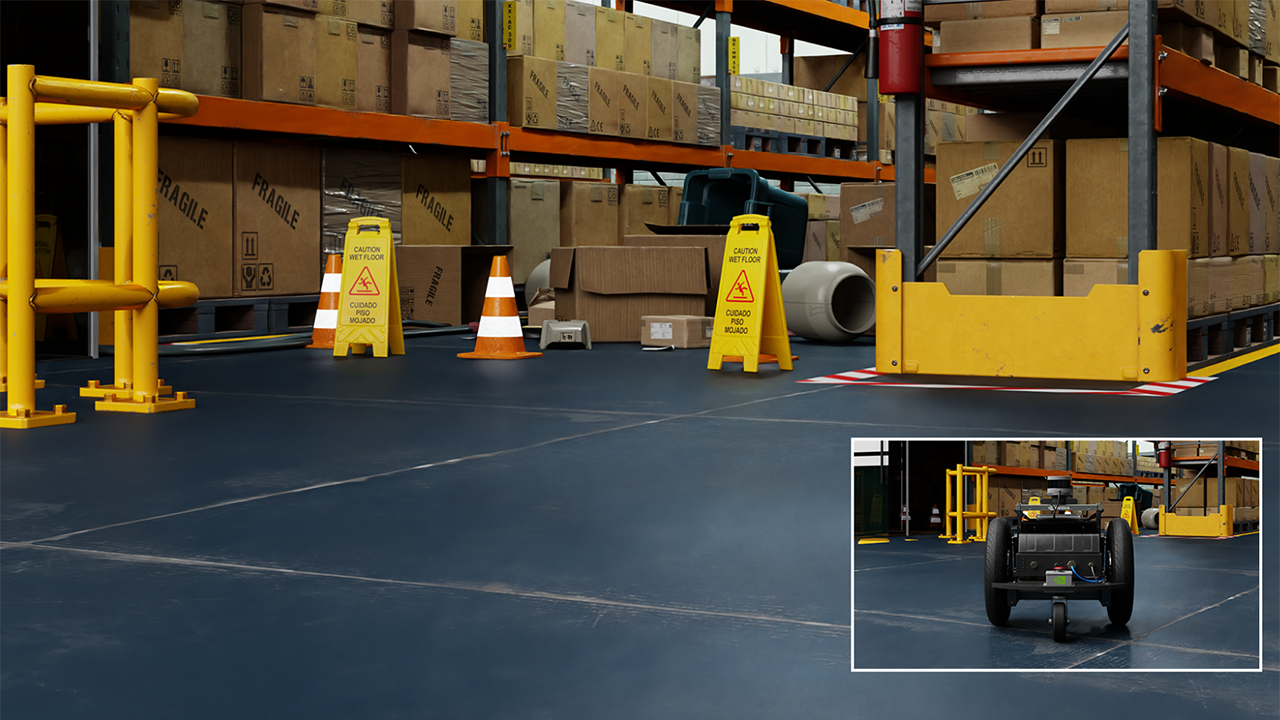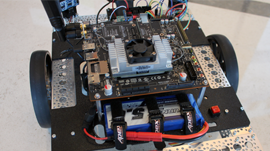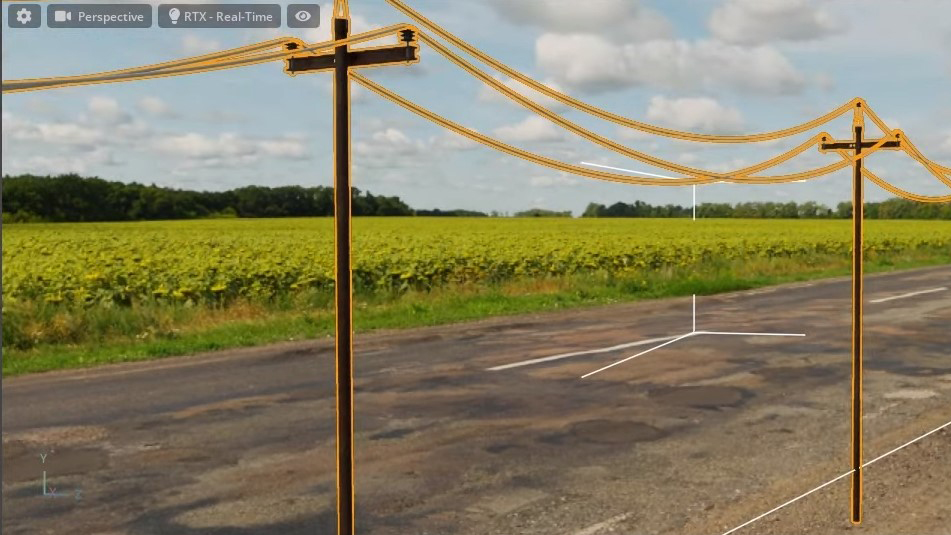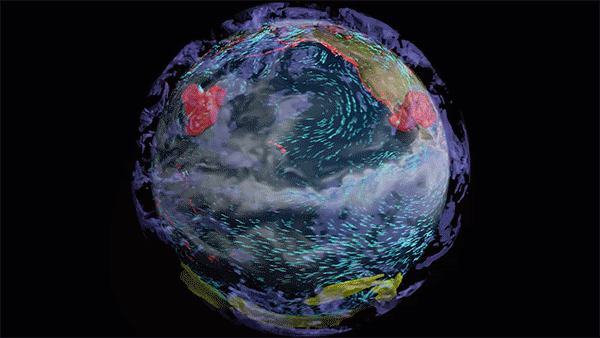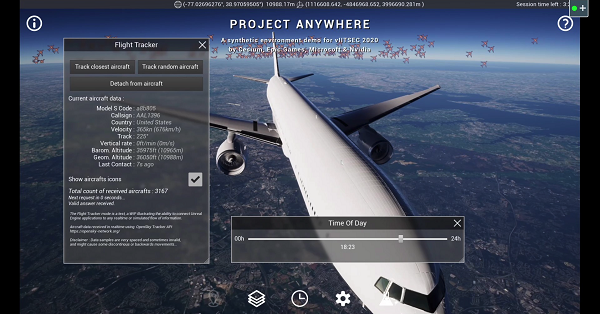A six-person startup from Seattle developed augmented telerobotics software that gives humans better control of remotely operated robots which can be useful for exploring Mars or other planets.
BluHaptics specializes in robotic control for underwater environments, but with a recently awarded grant funded by NASA, they are now applying their software to control robotic operations in space – by performing maintenance on satellites or space stations, servicing the Space Station, exploring planets, or eventually building habitats for humans.
Their technology uses real-time modeling, haptic feedback, and deep learning to allow users to control remotely operated robots with a video game controller.
Using an NVIDIA TITAN Xp GPU and cuDNN with the CNTK deep learning framework, their trained software is able to precisely recognize different objects on the intended target.
“There’s this gap that exists between manual control of robots and automation,” Pickering explains. “We’re seeing better sensors and better hardware come along, but making computer vision and control has always been sort of disparate and by connecting what a robot sees to what it does, we can achieve complex tasks more easily and help users achieve those tasks more easily and achieve a level of safety and efficiency that wasn’t possible before.”
Read more >
GPUs and Deep Learning Could Help Control Robots in Space
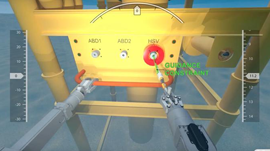
Jun 01, 2017
Discuss (0)
AI-Generated Summary
- BluHaptics, a six-person startup from Seattle, has developed augmented telerobotics software that enables humans to better control remotely operated robots, which can be useful for space exploration.
- The company's technology uses real-time modeling, haptic feedback, and deep learning to allow users to control robots with a video game controller, and has been trained using an NVIDIA TITAN Xp GPU and cuDNN with the CNTK deep learning framework.
- With a grant from NASA, BluHaptics is now applying its software to control robotic operations in space, such as performing maintenance on satellites or space stations, and potentially building habitats for humans in the future.
AI-generated content may summarize information incompletely. Verify important information. Learn more

